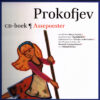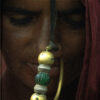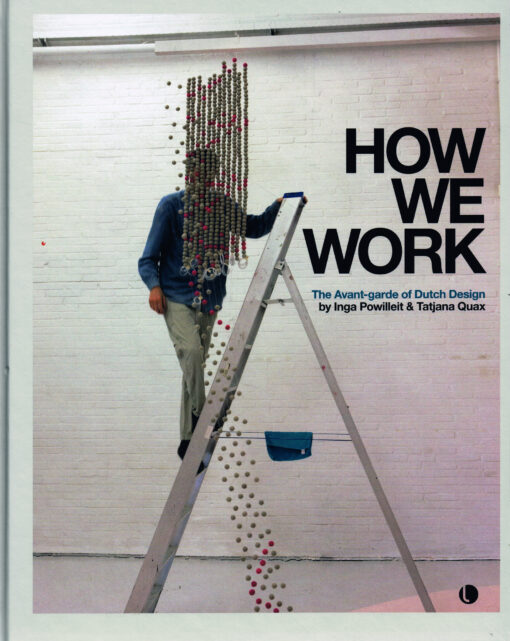Terug/Home/Webwinkel ramsj.nl /Kunst/Fotografie/How We Work
Merel Bem
How We Work
The Avant-Garde of Dutch Design by Inga Powilleit & Tatjana Quax
€ 39,50 Oorspronkelijke prijs was: € 39,50.€ 12,50Huidige prijs is: € 12,50.
ISBN: 9789462260795.
Bindwijze:
geb
Taal:
EN
Uitgever:
Lecturis
Auteur:
Merel Bem
Paginas:
224
Categorieën: Columns & interviews, Fotografie, Kunst, Non-Fictie.
In ‘How We Work’ duiken fotograaf Inga Powilleit and stylist Tatjana Quax in de dagelijkse praktijk van een nieuwe generatie jonge ontwerpers. Het draait steeds opnieuw om die ene vraag. Wat doen we met de overdaad? Inga Powilleit (1970) fotografeert sinds haar afstuderen aan de Koninklijke Academie van Beeldende Kunsten in Den Haag voor diverse Nederlandse en buitenlandse mode-, interieur- en opiniebladen.Tatjana Quax (1968) komt als styling director van Studio Aandacht al twintig jaar over de vloer bij Nederlandse ontwerpers.
Gerelateerde producten
kunst
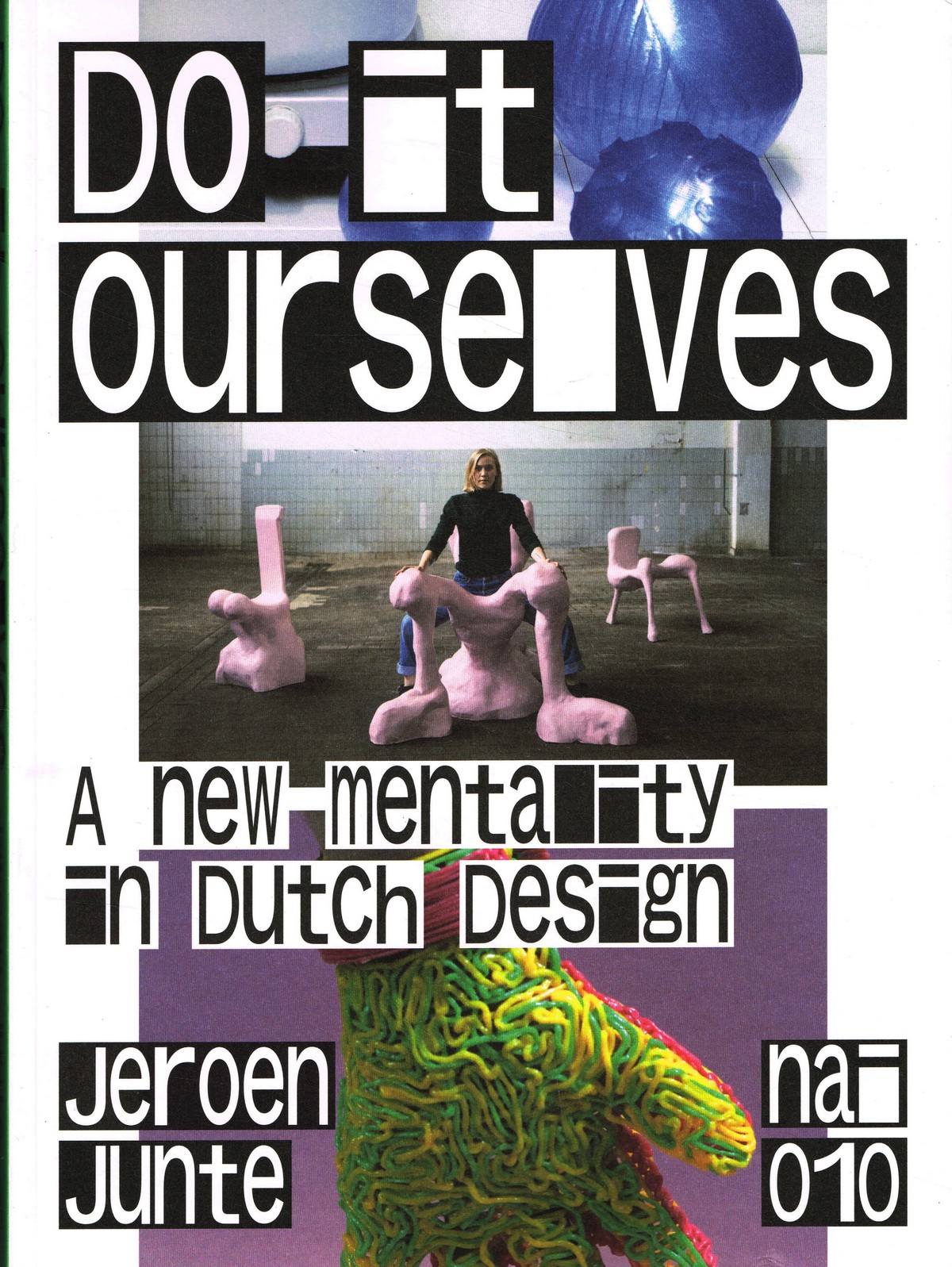
Jeroen Junte
Do It Ourselves
For English see below Nederlandse ontwerpers hebben de afgelopen jaren een scherpe koerswijziging doorgemaakt. De nieuwe lichting ontwerpers kiest nieuwe waarden en uitgangspunten en streeft door onderzoek en samenwerking naar maatschappelijke relevantie en impact. Deze 'post-crisisgeneratie' is bevlogen, optimistisch, maar ook pragmatisch met oog voor schoonheid. Humor en het concept als bijna obligate instrumenten zijn verruild voor engagement en vrij onderzoek. Ironie en beschouwende kritiek hebben plaatsgemaakt voor onbevangenheid en dadendrang. Ambacht en lokale productie worden onderzocht als een realistisch alternatief voor vastgelopen systemen. Naast kunst en design worden ook wetenschap, technologie, sociale studies en politiek gezien als speelvelden voor ontwerpers. Kortom, de nieuwste generatie ontwerpers zoekt naar een inhoudelijke verdieping van het vak en streeft naar een positieve bijdrage aan maatschappelijke vraagstukken. Designjournalist en?criticus Jeroen Junte beschrijft voor het eerst deze nieuwe fase in de ontwikkeling van het alom geprezen Dutch Design en voert de lezer langs 199 verrassende, innovatieve en verbazingwekkende projecten en producten. - English - In recent years, Dutch Design has sharply diverged from its previous course. A generation of designers trained in and shaped by the crisis years chose new values and starting points. The focus is now on inquisitive and collaborative makers who strive for social relevance and, if possible, impact. This 'post-crisis generation' is committed and optimistic, but also pragmatic and in possession of an eye for beauty. Humour and the almost inescapable concept have been exchanged for engagement and free research and irony and contemplative criticism for open-mindedness and the will to act. Craftsmanship and local production are examined as realistic alternatives to deadlocked systems of production and distribution. In addition to art and design, science, technology, social studies and politics are also seen as design arenas. In short, the latest generation of designers is looking to substantiate the content of the profession and make positive contributions to social issues. Well-known design writer Jeroen Junte is the first to describe this new stage in the development of the widely acclaimed Dutch Design, by way of 199 surprising, innovative, astonishing projects and products. Engelstalig boek nai010pap - 275 blz
geschiedenis
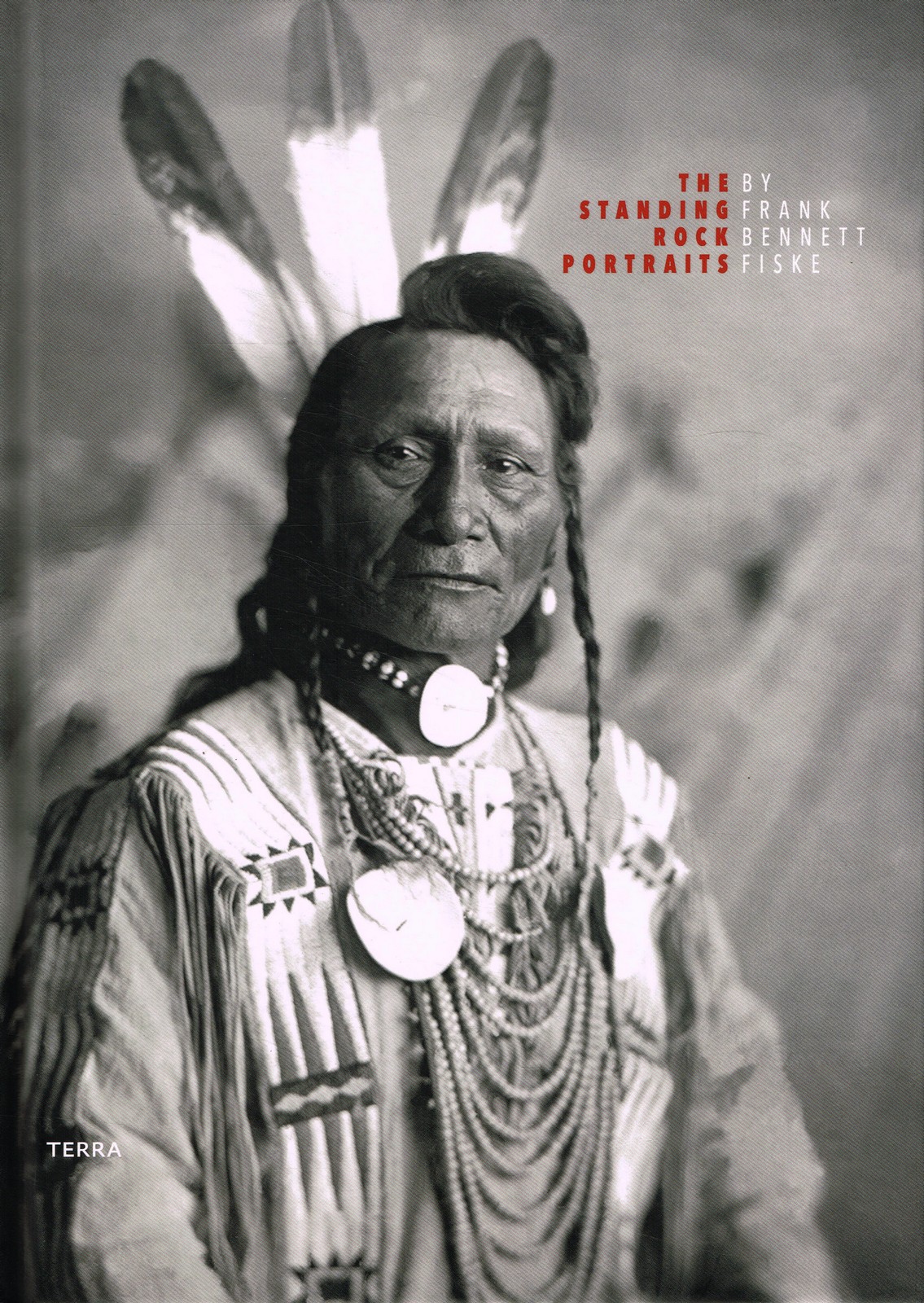
Frank Bennett Fiske
The Standing Rock Portraits
For English see below- Meer dan honderd jaar geleden begon fotograaf Frank Bennett Fiske (1883-1952) met het fotograferen van leden van de Standing Rock Sioux in zijn studio in Fort Yates, North Dakota. Hij was 16 jaar oud toen hij de studio overnam van S.T. Fansler. De mannen en vrouwen die Fiske fotografeerde waren zijn vrienden en buren, indianen die al meer dan twintig jaar in dit reservaat woonden. Fiske heeft daar bijna zijn hele leven gewoond. De getoonde beelden zijn gemaakt met een grote studiocamera op glasplaatnegatieven en zijn verbluffend qua helderheid en compositie en zijn zelden in het openbaar gezien.De in Dakota geboren fotograaf en grafisch ontwerper Murray Lemley heeft een selectie van Fiske's werk samengesteld zodat de wereld deze kan zien.- More than a hundred years ago, photographer Frank Bennett Fiske (1883-1952) began photographing members of the Standing Rock Sioux in his studio at Fort Yates, North Dakota. He was 16 years old when he took over the studio from S.T. Fansler. The men and women Fiske photographed were his friends and neighbors, Native Americans who had lived on this reservation for more than 20 years. Fiske lived there nearly all his life. Made with a large studio camera on glass plate negatives, the resulting images are stunning in their clarity and composition, and have rarely been seen in public. Dakota native, photographer and graphic designer Murray Lemley has curated a selection of Fiske's work for the world to see. Engelstalig boek Terrageb - 112 blz
kunst
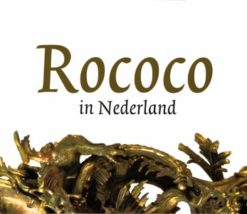
Rococo in Nederland
Rococo in Nederland De Nederlandse decoratieve kunsten van het midden van de 18de eeuw stonden in het teken van de rococo. Deze van oorsprong Franse speelse en grillige stijl, heeft na een glorie periode ook bijna alle andere landen in Europa veroverd. Ook Nederland raakte in de ban van de modieuze buitenlandse stroming. ‘Rococo in Nederland’ toont meer dan tweehonderd van de mooiste kunstwerken die in Nederland in rococostijl zijn gemaakt: interieurs, meubelen, portretten, gebruiksvoorwerpen van goud, zilver, porselein en aardewerk, beelden, behangpapier en ontwerptekeningen. Vele daarvan worden in ‘Rococo in Nederland’ met prachtige foto’s en uitvoerige beschrijvingen getoond. Het overzichtwerk 'Rococo in Nederland' laat zien dat het Nederlandse rococo gevarieerder, spannender en internationaler is dan tot op heden werd gerealiseerd. Metagegevens • Waanders • Hardback • 330 pagina’s, met illustraties • ISBN 9789040095771 • NUR 646 – Beeldende Kunst • Genre’s: Kunst • Trefwoorden: Rococo, Bouwkunst, Nederland, Tentoonstellingscatalogi, Interieurkunst, Historisch, binnenhuiskunst, meubelkunst, Nederland, Barok en Rococo (17e en 18e eeuw) Recensie ‘Rococo in Nederland’ is een boek over de geschiedenis en ontwikkeling van de Rococostijl rond 1734-1775. Deze decoratieve, ornamentele stijl in binnenhuisarchitectuur en de kunstindustrie, in het buitenland ontstaan, heeft als centrale kenmerk de toepassing van het grillige asymmetrische rocaille ornament. Na een algemene inleiding volgen essays over decoratief beeldhouwwerk in Den Haag, het rococo interieur van de Fundatie van Renswoude te Utrecht en de productie van porselein en faience in Nederland (1755-1775). De objecten zijn gegroepeerd rond thema's als: tuinkunst, de periode Willem IV (tot 1751), buitenlandse inspiratie en kunstvoorwerpen, Franse goudsmeden in Amsterdam, architecten en ontwerpers, de belangrijkste stadscentrums, beeldhouwers, beeldsnijders en meubelmakers, de gedekte tafel en chinoiserie. Hillie Smit Uitgever De uitgeverij Waanders dateert net als de boekhandel Waanders van 1836. Het was aanvankelijk vooral een uitgever van religieuze katholieke boeken, couranten en tijdschriften. Na 1970 is het bedrijf zich gaan toeleggen op uitgaven over geschiedenis en kunst. De uitgeverij werd in 2009 verkocht. De familie Waanders gebruikt de naam Uitgeverij Waanders sinds 2012 weer, voor dochterbedrijf uitgeverij De Kunst. Van uitgeverij Waanders vindt u op ramsj.nl vele kunst- en geschiedenis boeken zoals ‘Rococo in Nederland’kunst
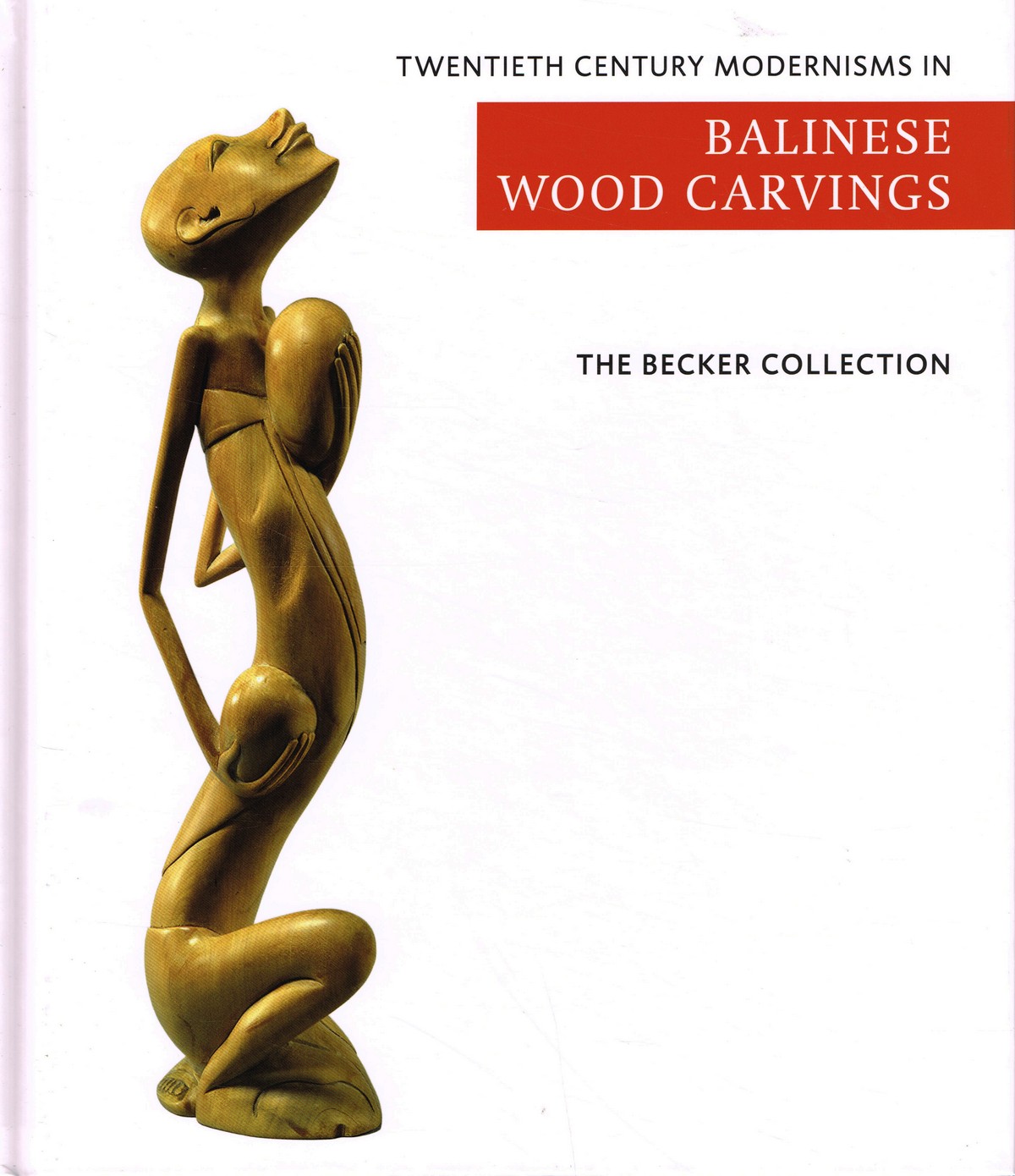
Ton & Mies Becker
Twentieth Century Modernisms in Balinese Wood Carvings
'The Becker Collection - Twentieth century modernisms in Balinese wood carving' contains the private collection of twentieth century ?modern style? Balinese wood carvings, collected by Ton and Mies Becker, both retired medical specialists and collectors of Asian art. Between the 8th and 10th century Hindu influences spread to Bali and blended into the exiting Balinese mix of animistic and Buddhist styles and subjects, known as Bali Aga. Hence, in due time the craftsmen obtained the subjects for their works from the Hindu-Balinese religion and their heroes and demons from famous Hindu epics. This particular style became known in the Western art world as the ?Traditional or Old Balinese style?. In the 20th century the arts and crafts scene in Bali changed completely. First because of Western artist who visited Bali and stayed on to work there and, second, because of the gradual influx of increasing numbers of foreign tourists. In addition the Dutch colonial government started a military campaign to control the powerful kingdoms of central and southern Bali. As a result the local craftsmen lost their royal support and soon realized that foreign tourists were not particularly interested in gods and heroes. Hence, stimulated by some of the Western artists who had settled in Bali, they turned to secular subjects taken from nature and everyday life and became more impressionistic in the execution. This led to a range of new styles, often impressionistic and sometimes even minimalistic and caricatural with bizarre elongated shapes or solid compact forms. In this book we are concerned with this particular type of 20th century ?Modern Style? Balinese wood carving. The catalogue contains 40 objects of ?modern style? wood carving, representing different styles. Each object is photographed, both as an overview and in details if so requested. A brief description of each object is provided, together with the estimated date, and additional information is provided if considered useful. The catalogue is preceded by an essay on the history of Balinese wood carving. Van Spijkgeb - 144 blz
